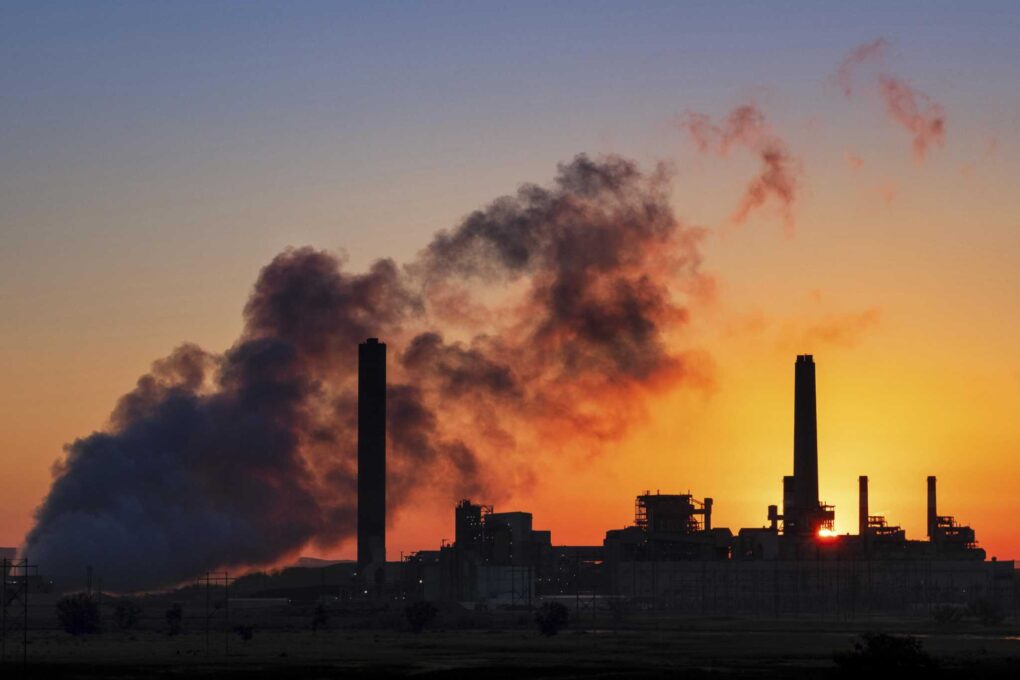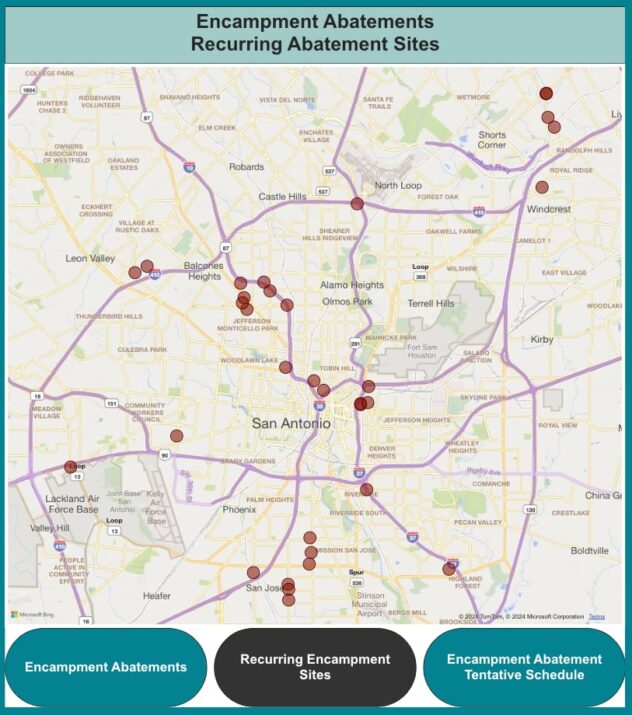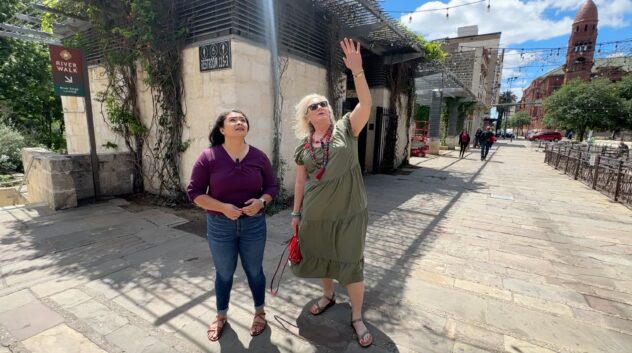The 15 worst San Antonio companies for commercial pollution, according to report

Earlier this week, Deceleration, a local outlet reporting on climate justice and analysis, released an updated review of the top 15 climate polluters in the greater San Antonio area. Using data from the recently released 2019 Greenhouse Gas Inventory, the most recent year emission data is available, they identified facilities resposible for the most commercial pollution in town.
Using factors like emission levels and the U.S. EPA’s Greenhouse Gas Reporting Program to determine the dirtiest culprits, the outlet named the JK Spruce Station, a coal-fired power plant south of town, as a super emitter, churning out nearly 6.8 million metric tons of greenhouse gases per year — nearly the same amount as the entire San Antonio transportation sector.
Following the JK Spruce Coal Plant, which is responsible for 52 percent of total business emissions, the top emitters are: VH Braunig Gas Plant, Rio Nogales Gas Plant, Alamo San Antonio Cement Plant, OW Sommers Gas Plant, and Capitol Cement Plant, which combined account for 42 percent of Bexar County’s commercial climate pollution. The rest of the list, which includes major landfills, Toyota Manufacturing, Lackland AFB, and CPS Energy (and others) together accounts for 7 percent.
READ MORE: Secret spot with private access to Frio River offers perfect San Antonio day trip
The media outlet breaks down the top 15 polluters in a useful graph. They additionally include a map, indicating where these establishments are located (in general, they’re overwhelmingly too close to home).
Even without previous heavy hitter JT Deely coal plant, which closed in 2018, the review noted the city only cut emissions .2 percent between 2016 and 2019.
With the U.S being the second worst emission producing nation in the world (second only to China) our dependence on fossil fuels here in San Antonio is undeniably — and unfortunately — part of the problem.
To help mitigate the Alamo City’s dependence on these fossil fuels, City Council adopted the Climate Action and Adaption Plan in 2019. The plan includes strategies for reducing San Antonio’s greenhouse gas emissions and “serves as a pathway to meet the objectives of the Paris Climate Agreement.” It’s still too early to judge the plan’s effectiveness, however residents can take solace in the fact that through effort, maybe the next report will reveal a positive change.
Camille Sauers is a freelance writer based in San Antonio. Follow her on twitter @camillesaccount. Send her emails to [email protected]















